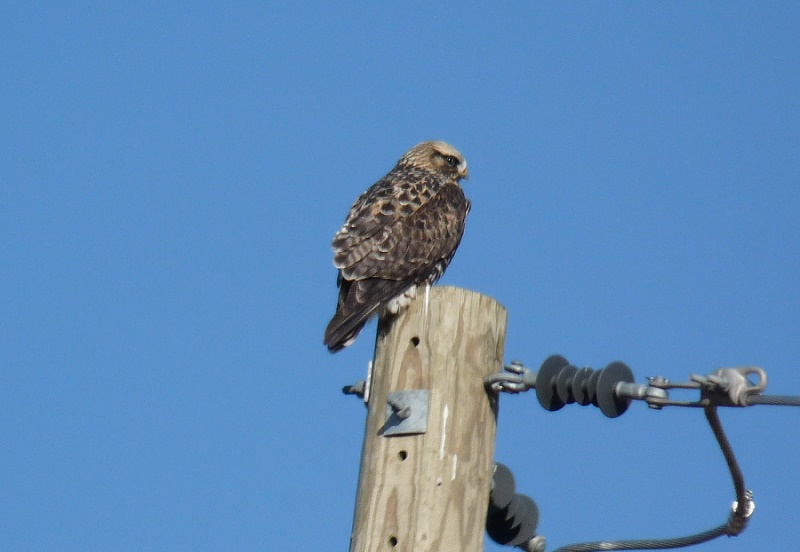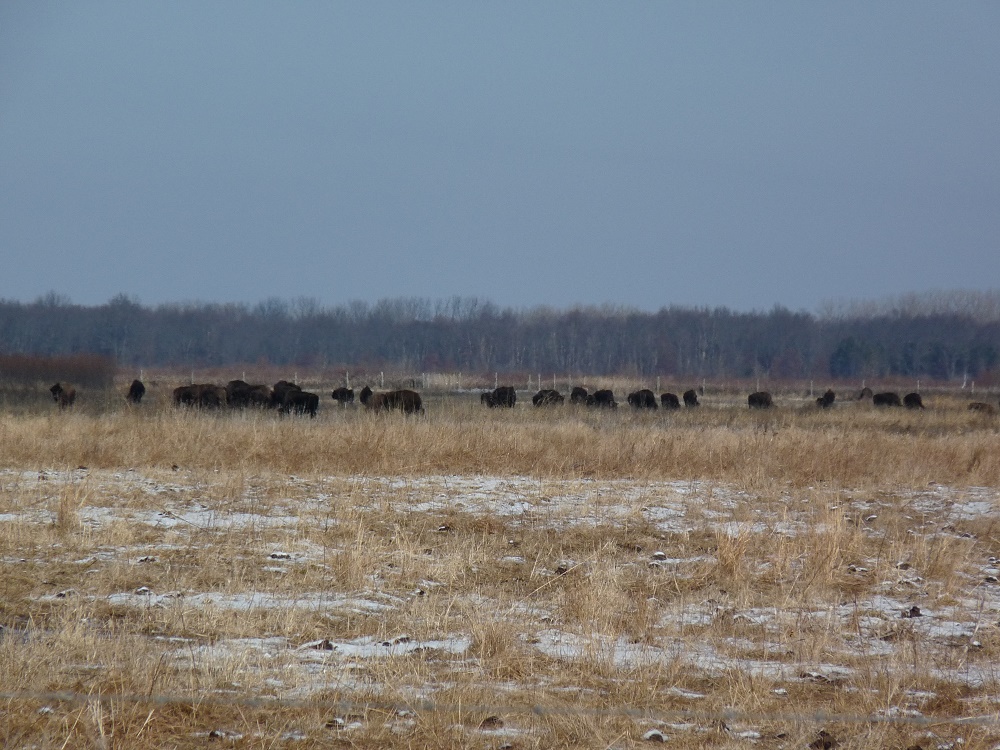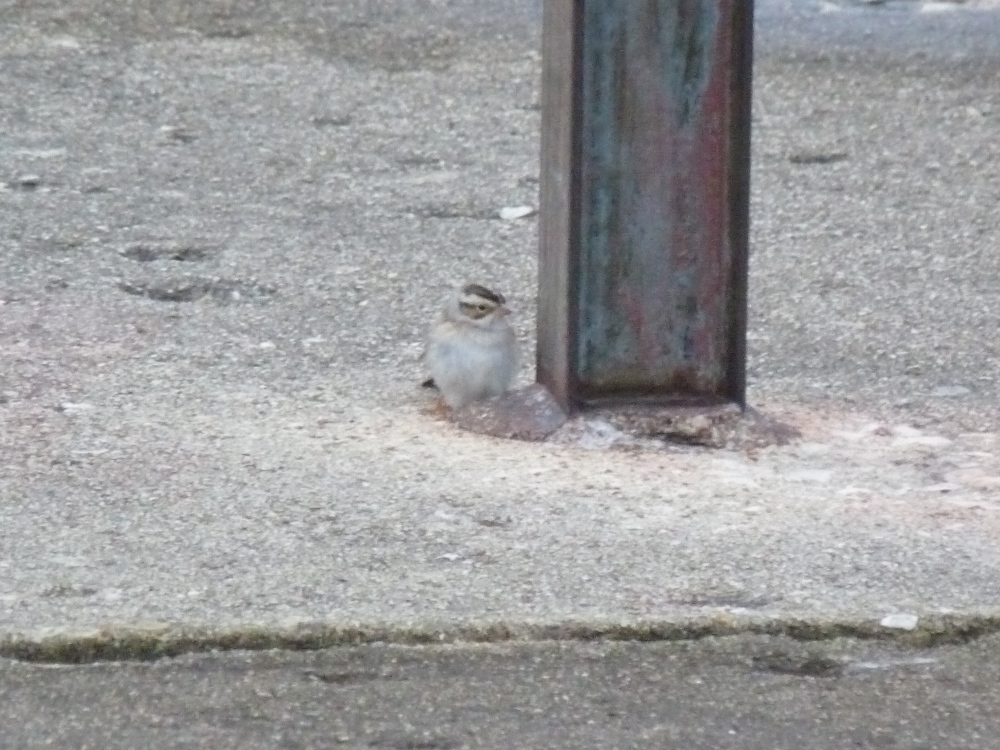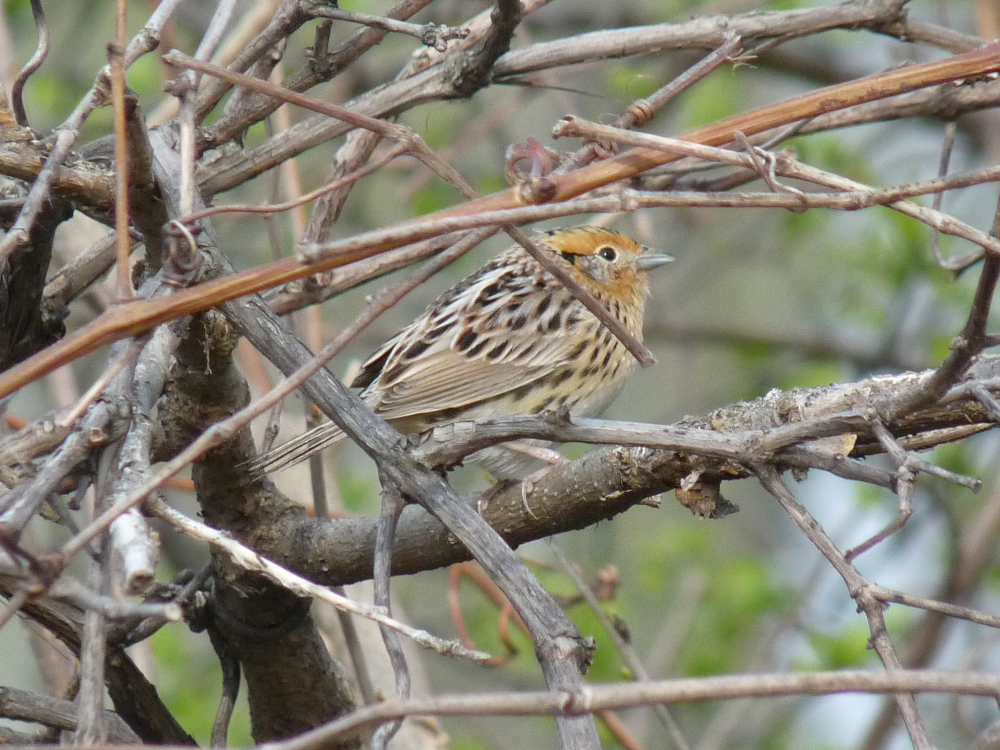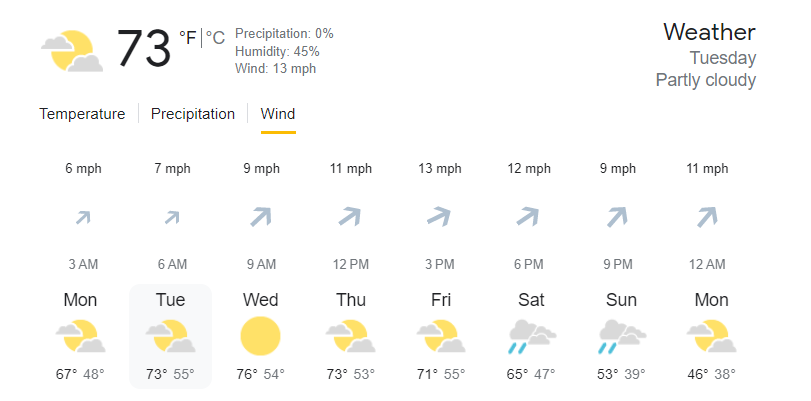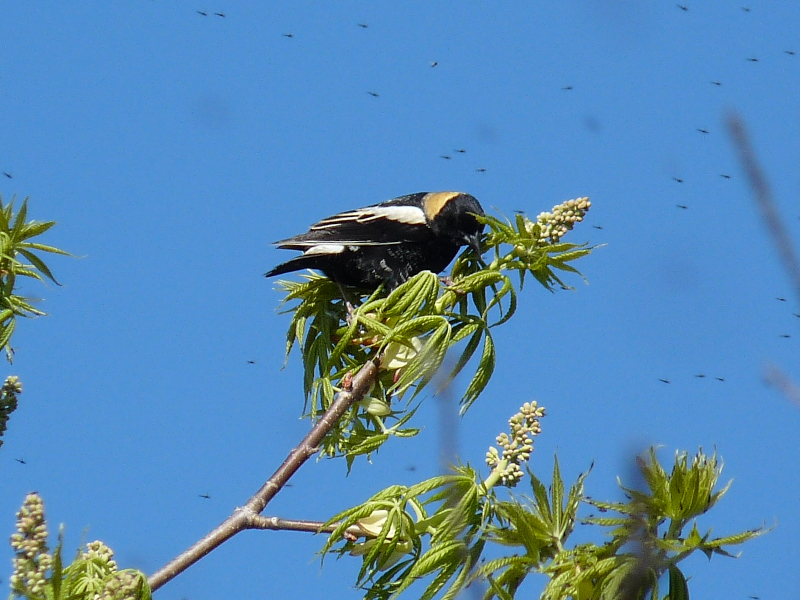The Kankakee Sands is a complex of prairie and wetland habitat owned and managed by the Indiana chapter of The Nature Conservancy. Birding is excellent all year round. Summer is the season to see the grassland specialties like Henslow’s and Grasshopper Sparrows and Dickcissel, which are hard to miss and fill the air with their songs. Winter brings a different set of visitors, most notably birds of prey like Rough-legged Hawk, Northern Harrier, and Short-eared Owl (the owls are best seen at dusk). The main mammal claim to fame is a herd of about 70 American Bison. These iconic North American animals were introduced to the Sands in 2016 and play an important role in maintaining the integrity of the grasslands.
How to Bird The Kankakee Sands (and look for Bison)
The Kankakee Sands is about an hour and a half due south of Chicago off US41 in eastern Newton County, Indiana. Morocco is the nearest large town and lies about six miles to the south. When I bird the Sands, I drive slowly down county road 200W between county road 675N on the north and 225N on the south, looking and listening for wildlife. These roads don’t get a lot of traffic, especially in winter, and are generally safe to drive. County roads 500N and 400N east of US41 can also be productive for birds of prey in winter. Note that in winter the roads might not be drivable because of heavy snow.
The Bison are best viewed from the Bison Viewing Area west of US41. To reach it, take 400W south from 400N for about half a mile. Look for a gravel road that goes east and take it to the parking lot. Walk up to the top of the rise and start scanning. The Bison are usually to the south, east, or northeast. You can usually see them with your eyes but binoculars make the experience more enjoyable. This is also an excellent place and vantage point to look for Rough-legged Hawks, Northern Harriers, and other winter birds of prey. I’ve included a link to my January 9, 2021 Kankakee Sands eBird checklist to give you an idea of what I saw on that visit.
To read more about The Nature Conservancy’s efforts at Kankakee Sands, go to this site – Efroymson Restoration at Kankakee Sands.
Kankakee Sands eBird Checklist
January 9, 2021

